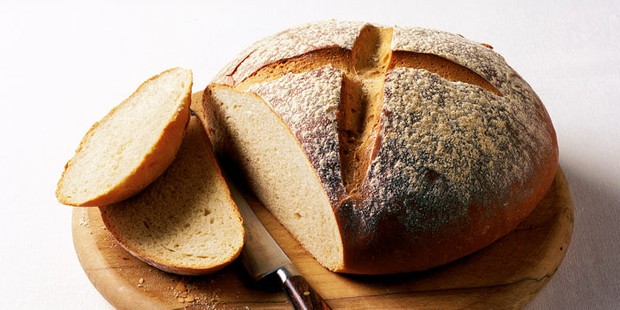We may not always like to go shopping whenever the bread runs out in the kitchen. Why take the extra mile for a loaf of bread, right? Many people are now a part of baking classes in Chennai where they learn not only to make bread but other bakery delights too. This way they save a trip down to the local grocery store and start making bread at home. However, you may face issues when you start out. Therefore, this post will help you in troubleshooting your bread-making process.
Well, if you got your apron and the baker’s hat on, we will start solving issues one by one.
1 – Slow or no dough rise at all
The very first thing that can go the way you least expect is the dough. A simple thing can cause a lot of issues with the dough alone. You might observe that the dough is rising slowly or does not rise altogether. In such cases, most bread and cake baking classes in Velachery would suggest these measures.
- Check the quality and freshness of the yeast. Also, ensure that you have added the exact amount as in the recipe.
- If the sugar in the mixture is a bit much, it can slacken the yeast fermentation process. So, keep the ratio of sugar to flour in check. The same will also apply to salt.
- Sometimes, the dough may lack the right room temperature to rise. Either it would have been too low or too high. 85℉ to 90℉ is the ideal range for the dough to rise.
2 – Dough is sticky
It can be challenging, even frustrating to knead the dough properly when it sticks to your hands. This texture would not do any good for the bread. So, what could be wrong and how can you solve it? In all the professional baking classes in Chennai, this issue is duly addressed in the training sessions. Here are the possible problems you might face.
- If the dough is sticky, it would mostly point to the lack of enough flour. Adding a little can get your dough to the right consistency.
- Ensure that the dough you use is fresh. Don’t recycle any from left-overs as it would not go well with the recipe. Otherwise, the flour is low on gluten.
- The dough tends to get this way when you knead it more than is needed.
3 – Bread rose but collapsed inside the oven
When you use all-purpose flour, you tend to experience this problem. If the flour is not too strong, then it may collapse at the last moment. Using bread flour can relieve you from this issue since they have higher amounts of protein that helps in better dough formation. Then, ensure that the dough is not over-risen as they are also a probable cause of this issue.
4 – Bread crust is very thick
If you were a part of cake making classes in Chennai, you would subconsciously preheat the oven. That is how frequently the trainers would stress upon this. Why? When the oven temperature is low, the bread’s crust will harden. But, is that the only reason? Getting a thick crust can also be an effect of excess or dry flour.
5 – The bread has a poor shape and is too large
The perfect square shape of the bread is lost if you take it out of the oven too soon. Hence, there will not be enough time for the dough to cook on all sides. It is always a good thing to have patience while you are preparing your first batch!
These are the most common problems you might have when you begin baking bread. Use the solutions to get it right the next time. You can do something better! Join the baking classes in Velachery as you would have proper guidance to follow your baking passion.


